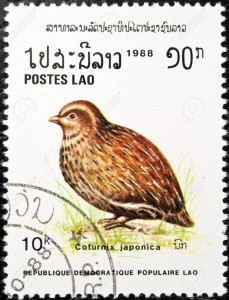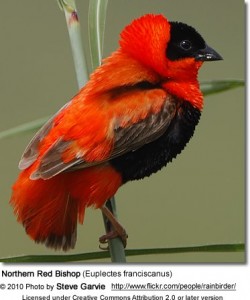Week 38 – 02 April 2017:
The Contribution of Birds to our Understanding of the World
The world can be a frustratingly complicated place. Those who choose to go beyond an acceptance of things as they are, and attempt to determine why the world is one way and not another, will always be challenged. Among the natural sciences, physics, chemistry, geology and astronomy are each baffling in their own way, but when it comes to mind-bogglingly difficulty, biology must surely lead the way. Life adds a degree of uncertainty that can drive biologists to the brink of despair. Of all the branches of the biological sciences, the single field that is most likely to leave a biologist staring blankly at a computer screen covered in numbers is behavioural ecology.
Behavioural ecology is an attempt to understand the behaviours of animals on the basis of the evolutionary history of the group and the ecological circumstances of the individual. Why do individuals behave differently when faced with the same challenge? Why does an individual act differently when conditions change?
Many scholarly journals publish the results of research in the field of behavioural ecology. One of the most august of these is the aptly named Behavioral Ecology. It is the journal of the International Society for Behavioral Ecology, and is now in its twenty-eighth year of publication, with six issues each year. The first issue of Volume 28 arrived on my desk recently, composed of thirty-nine research articles over 345 pages.
Here is the curious part. We share the world with millions upon millions of animal species, but there are only 10,000 species of birds. Despite this, fully one-third of all the articles in that issue of Behavioral Ecology were about birds. As with so many other branches of biology, we owe much of our understanding of the world to studies of birds. For instance…
Mathieu Giraudeau (University of Zurich, Switzerland) and his colleagues reported that, at least for Japanese Quail chicks, it is important that quantities of testosterone and carotenoids deposited in the egg by the hen be balanced. Too much of either results in chicks hatching at a lower weight.
According to research by Vittorio Baglione (University of Valladolid, Spain) and his co-workers, parasitic Great Spotted Cuckoos are more likely to lay their eggs in the nests of Carrion Crows than in the nests of Eurasian Magpies in northern Spain, even though magpies were superior hosts. The unexpected result was explained in terms of how well magpie nests were concealed in the two regions.
Birds that are able to occupy both forests and cities face very different physical environments. The reproductive performance of Great Tits in forests and cities in Germany faced differences in temperature, humidity, noise and light, but Philipp Sprau (University of Munich) and his colleagues found that those differences were not sufficient to explain variation in clutch size.
In African widowbirds and bishops, the colour red is known to be important in competition among males for territories. Calum Ninnes (University of Gothenburg, Sweden) and his crew found that by increasing or decreasing the colour red in feathers beyond its natural range, they could increase or decrease the probability that a male Red Bishop would acquire a territory.
In the next entry of A Traveller’s Guide to Feathers, I will summarize additional new understandings about the behavioural ecology of birds.
Photo credits: Japanese Quail – 123RF.com; Red Bishop - © Steve Garvie, https://www.beautyofbirds.com/northernredbishops.html



